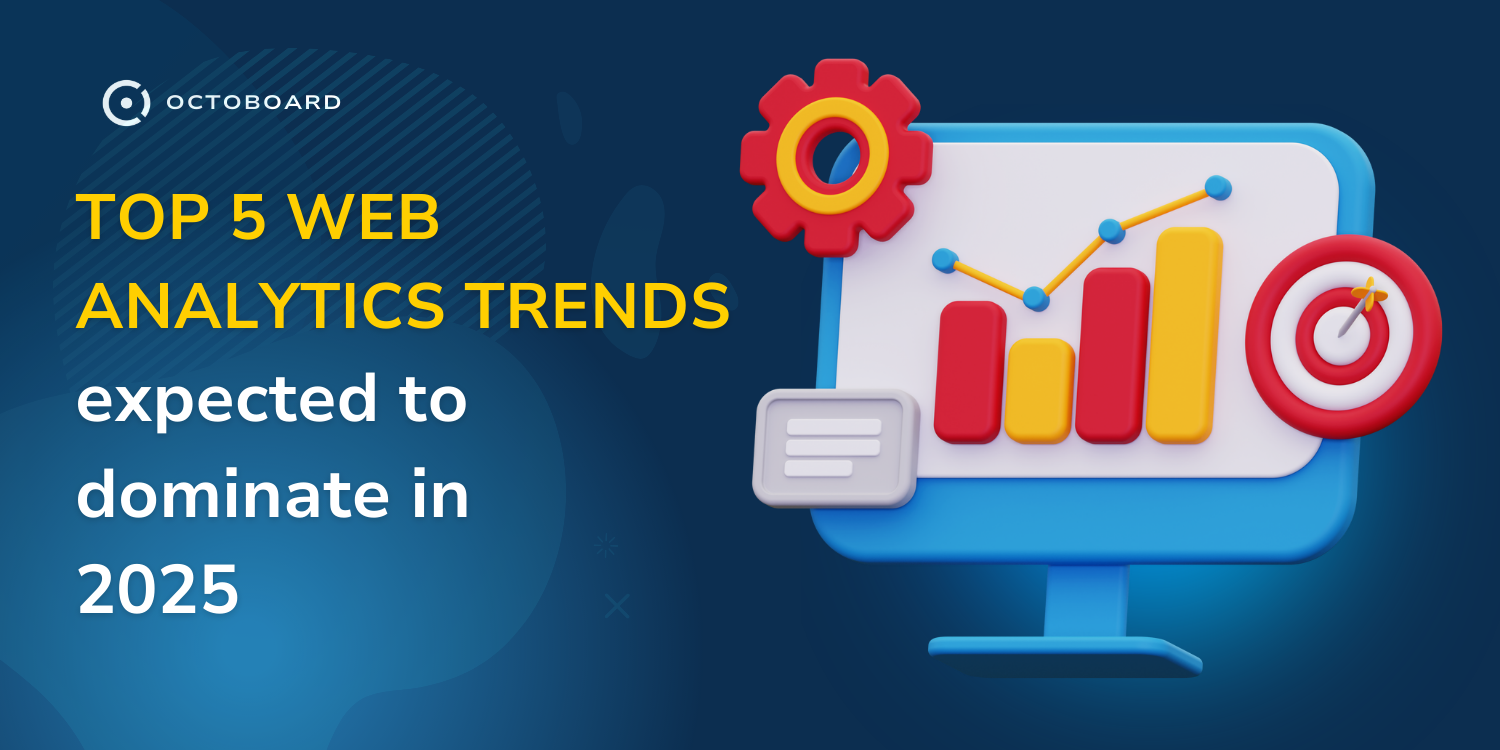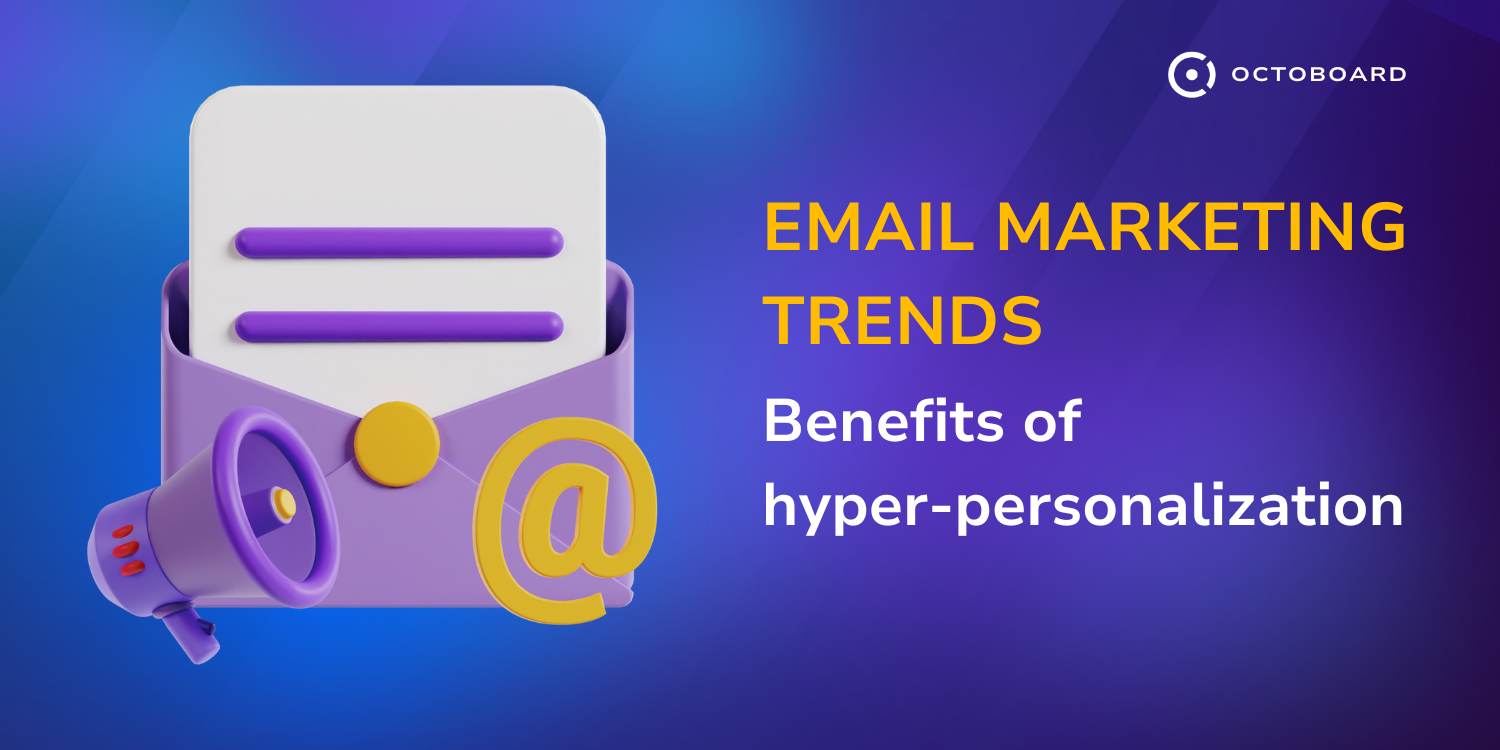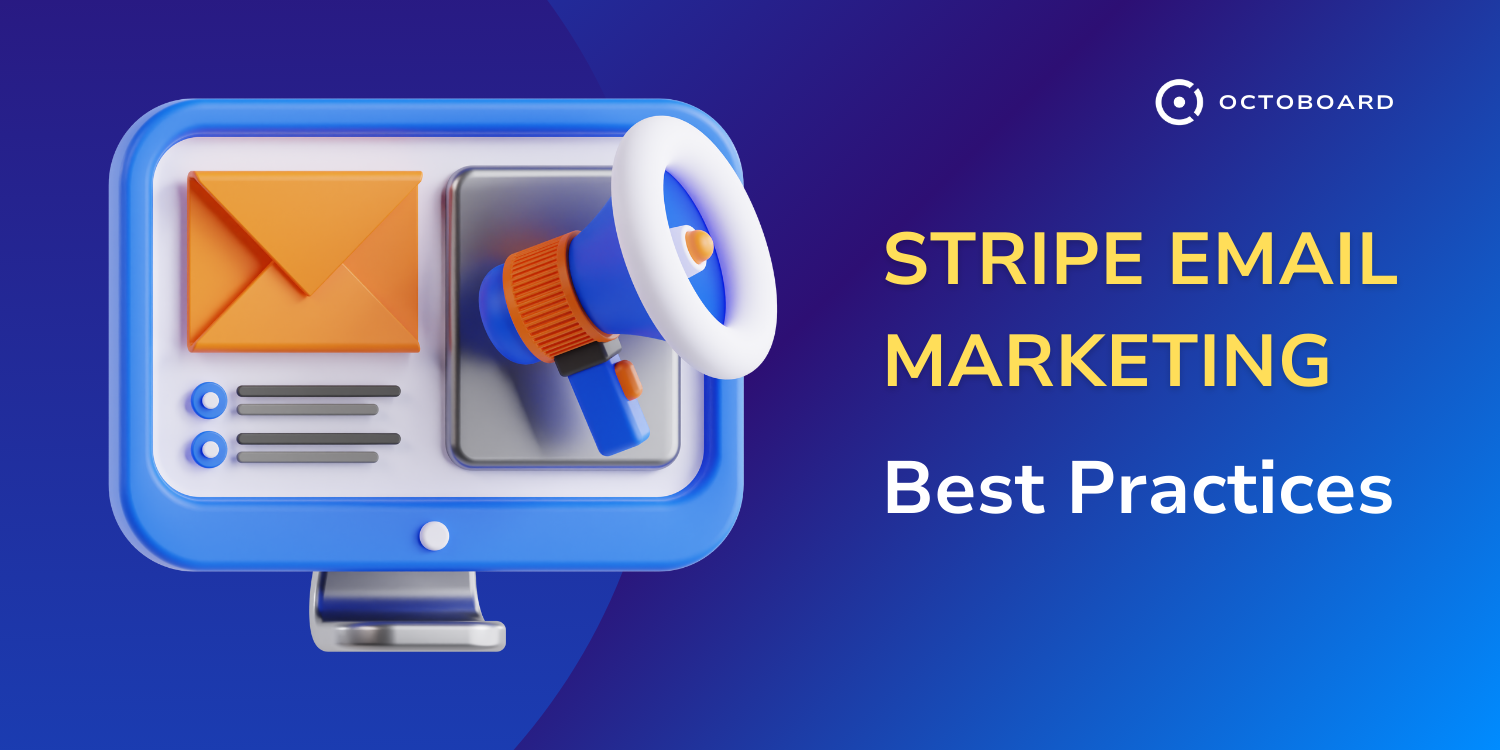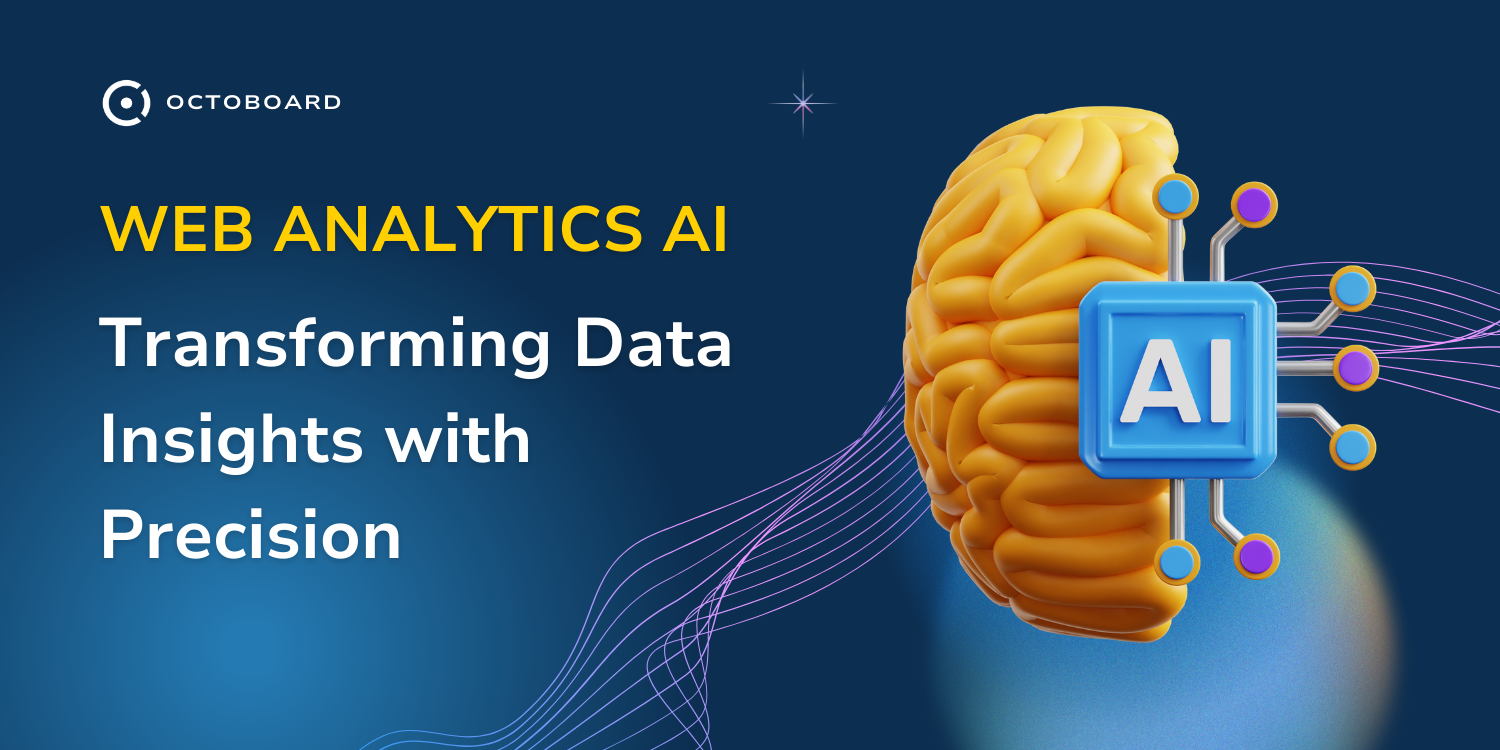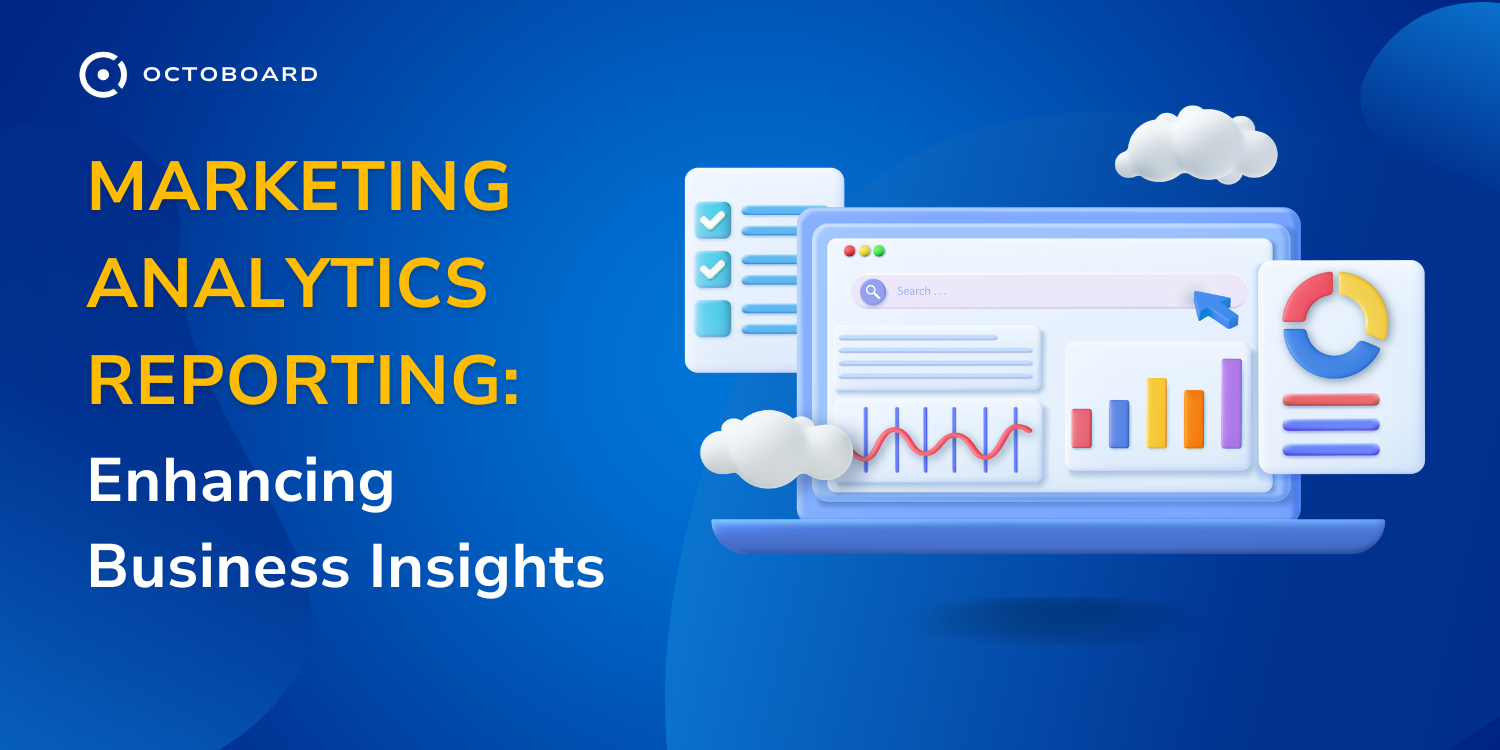Generate Marketing PPC Reports: A Comprehensive Guide
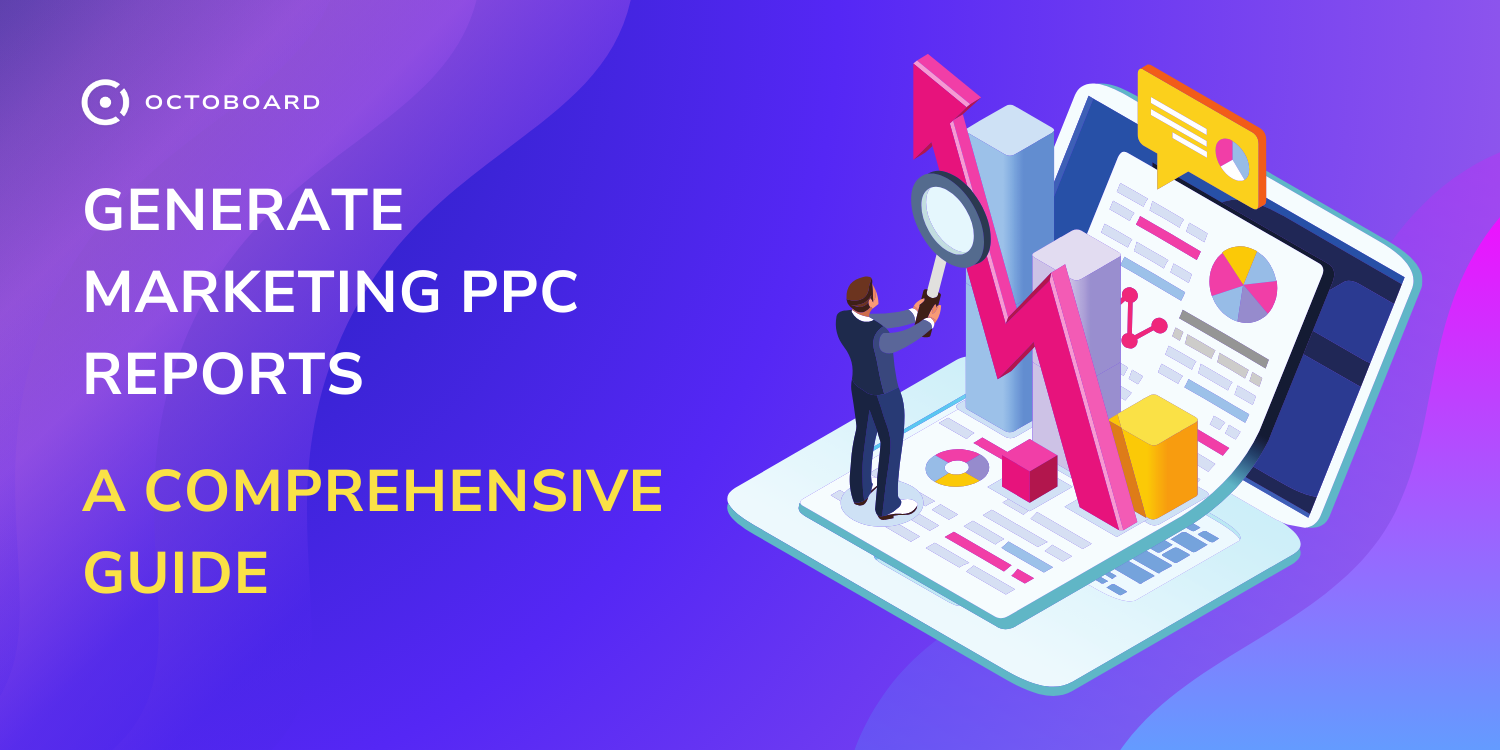
Generating effective marketing PPC reports is crucial for understanding the performance of your campaigns. These reports offer insights into which strategies are working and where adjustments are needed to enhance ROI. By examining key metrics like clicks, conversions, and cost-per-click, businesses can make informed decisions that strengthen their marketing efforts.
- Importance of PPC Reports
- Performance Measurement
- Budget Management
- Strategic Decisions
- Understanding PPC Metrics
- Click-through Rate (CTR)
- Cost Per Click (CPC)
- Conversion Rate
- Quality Score
- Data Collection Methods
- Manual Tracking
- Automation Tools
- Third-Party Integrations
- Setting up Reporting Tools
- Google Analytics
- Google Ads
- Custom Dashboards
- Customizing Report Layouts
- Visual Elements
- Comparative Data
- Historical Analysis
- Analyzing PPC Data
- Key Performance Indicators (KPIs)
- Trend Identification
- Segmentation Analysis
- Reporting Frequency and Timing
- Daily Reports
- Weekly Updates
- Monthly Summaries
- Quarterly Reviews
- Actionable Insights from PPC Reports
- Optimizing Campaigns
- Ad Copy Refinement
- Bid Adjustment Strategies
- Communicating with Stakeholders
- Report Summarization
- Presentation Skills
- Feedback Loops
- Legislation and Privacy Compliance
- General Data Protection Regulation (GDPR)
- California Consumer Privacy Act (CCPA)
PPC reports should not only present data but also translate it into actionable insights. Analysts and marketers rely on these reports to evaluate campaign efficiency, allocate budgets wisely, and predict future trends. This process ensures that marketing dollars are invested in the most impactful ways.
With the right tools and strategies, creating comprehensive PPC reports can become a seamless part of your marketing routine. By continuously refining your reporting methods, you empower your team to stay ahead in the competitive digital landscape. This not only boosts campaign performance but also contributes to achieving robust business growth.
PPC reports play a critical role in tracking advertising effectiveness, helping businesses allocate budgets effectively, and guiding strategic marketing decisions.
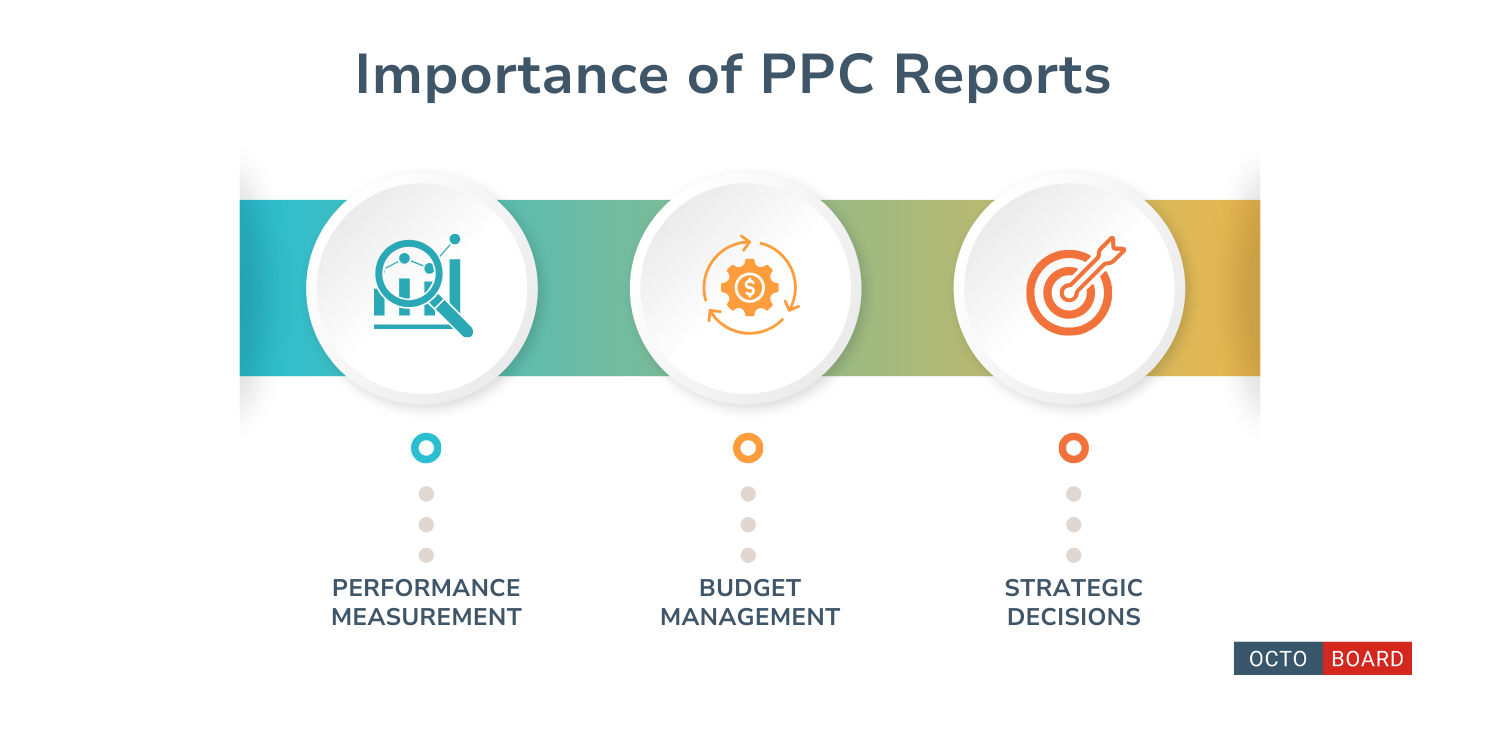
PPC reports serve as a valuable tool for evaluating the success of paid advertising campaigns. They provide insights into key metrics such as click-through rates (CTR), conversion rates, and overall revenue generated. By systematically analyzing these figures, businesses can determine which ads perform successfully and which areas need improvements.
Key metrics can be organized into tables for easy comparison. These detailed measurements allow for continuous optimization, ensuring that the marketing strategy remains efficient and focused on boosting customer engagement. High-quality data underpinning these reports lead to more informed decisions, ultimately enhancing ad performance.

Effective budget management is another key benefit of PPC reporting. It allows businesses to monitor how their advertising spend is distributed across different campaigns. Through careful examination of cost-per-click (CPC) and cost-per-acquisition (CPA), companies can make adjustments to stay within budget while maximizing ad effectiveness.
Lists of expenses versus revenue breakdowns can further organize data succinctly. These insights help marketers allocate resources more efficiently, preventing financial waste. By understanding where the budget is best spent, businesses can strategically increase their advertising impact without unnecessary cost.
PPC reports provide crucial information for making informed strategic decisions. By reviewing trends over time, businesses can identify patterns that might indicate new opportunities or potential threats. Regular analysis fosters agility and allows for the quick adaptation of strategy in response to market changes.
PPC data offers strategic insights such as geographic performance or demographic engagement. These can guide broader marketing strategies, focusing efforts on segments with the highest conversion potential. This process not only increases advertising efficiency but also helps align the marketing objectives with overall business goals.
PPC metrics are essential for optimizing advertising campaigns. Key metrics include Click-through Rate (CTR), Cost Per Click (CPC), Conversion Rate, and Quality Score.
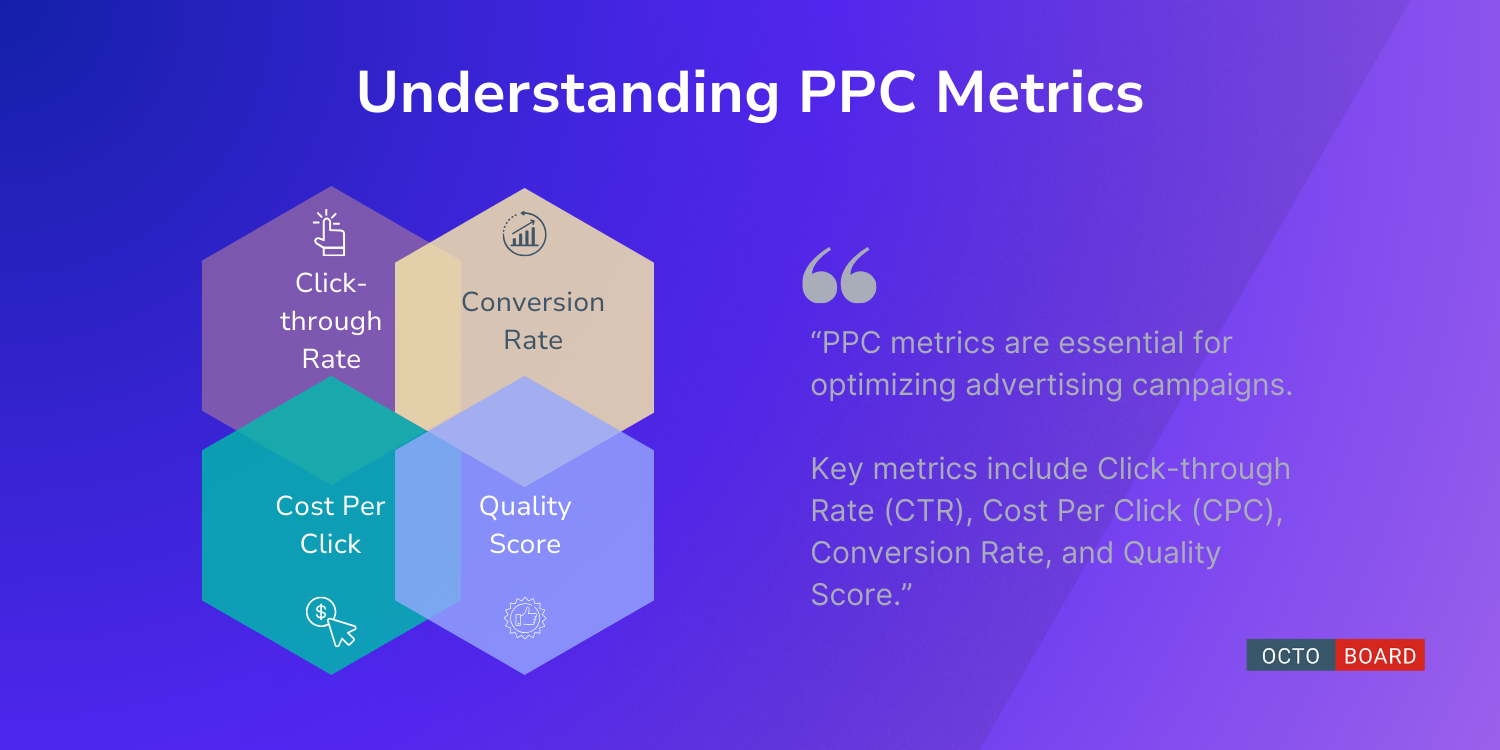
CTR measures the percentage of people who clicked on an ad versus those who saw it, indicating ad relevance and effectiveness. A higher CTR often signifies compelling ad copy or targeting.
Campaigns with a low CTR might require adjustments in keywords, ad design, or audience targeting.
Monitoring CTR can help identify the most engaging elements of an ad, guiding future improvements.
CPC represents the amount paid for each click on an ad. It's critical for budgeting and financial planning in PPC campaigns.
Lowering CPC can lead to more effective use of advertising funds. Several factors, like Quality Score and competition for keywords, influence CPC. To decrease CPC, improving ad quality and relevance is effective.
Understanding CPC aids in maximizing advertising spend efficiency.

Conversion Rate reflects the percentage of clicks leading to desired actions, such as purchases or sign-ups. Higher conversion rates indicate successful ad campaigns.
Optimizing landing pages, ensuring clear calls-to-action, and aligning ad content with landing page objectives can enhance conversion rates. Observing conversion rates helps measure the effectiveness of ad strategies in achieving business goals.
Quality Score is a metric used by platforms like Google Ads, determining ad relevance and quality. It influences ad rank and CPC.
Components affecting Quality Score include ad relevance, expected CTR, and landing page experience. Scored from 1 to 10, it provides insights into areas needing improvement. A higher Quality Score can lead to a reduced CPC and better ad placement. Ensuring all components are optimized boosts overall campaign performance.
Effective data collection methods form the foundation of precise PPC reports. These methods range from manual tracking to automated solutions and include integrations with third-party tools.
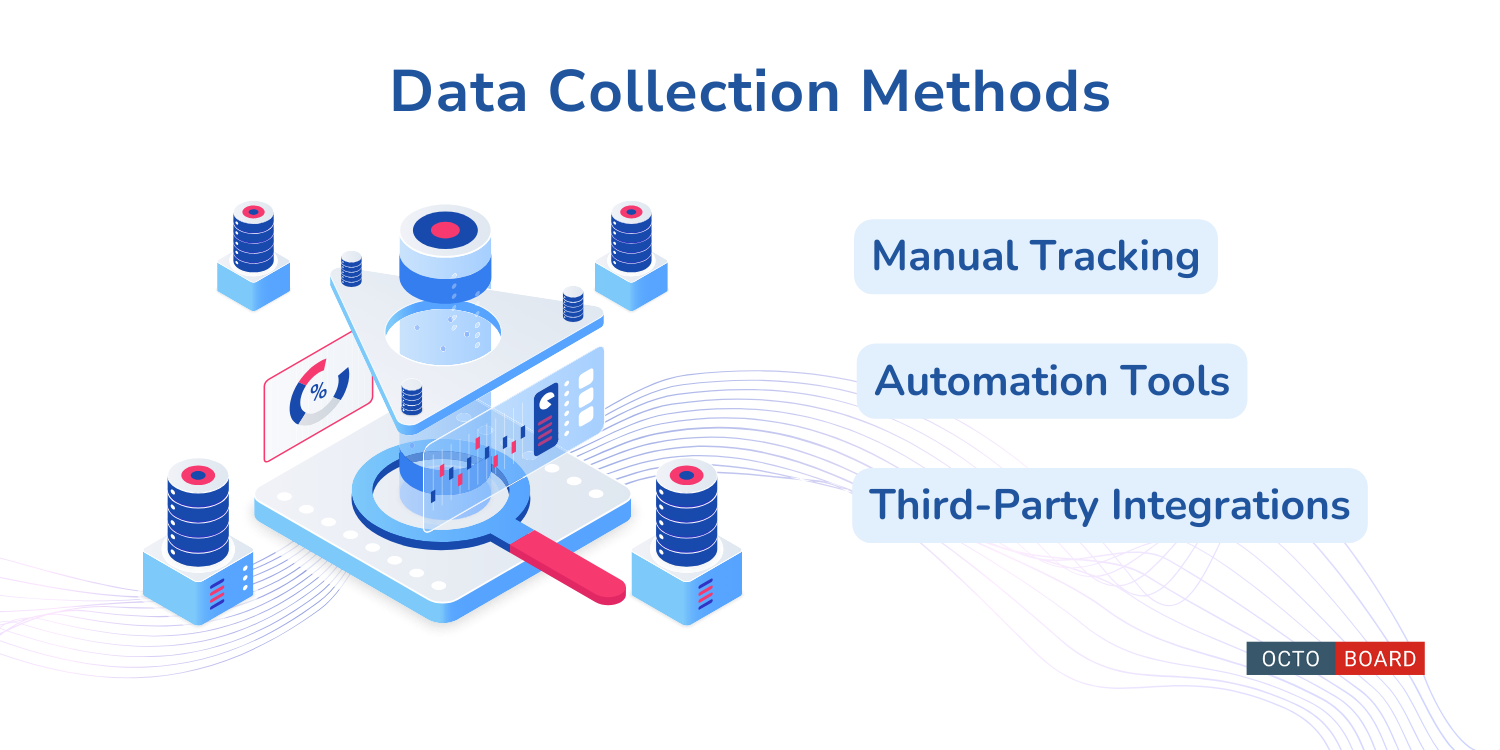
Manual tracking involves collecting and analyzing marketing data by hand. This method allows for in-depth scrutiny of data points that may not be easily tracked by software. Analysts might collect data from various sources, input it into spreadsheets, and manually segment it.
It's best used for small campaigns or experiments requiring human insight. A drawback is the time and labor involved, which can lead to human error. Still, manual tracking offers detailed control over specific metrics and customization of data presentation.
Automation tools streamline the data collection process, saving time and reducing errors. These tools connect various data sources, track performance automatically, and generate reports in real-time. They are ideal for handling large-scale campaigns with complex datasets.

Popular tools include Google Data Studio and Adobe Analytics, which provide dashboards for tracking and analysis. They allow for setting up automated alerts and performance indicators, ensuring that data insights remain timely and actionable. Users can focus more on strategy and less on data entry.
Third-party integrations expand the capabilities of data collection by connecting PPC platforms with analytics software. They enable seamless data transfer between tools like Google Ads, Salesforce, and others, enhancing data accuracy.
These integrations ensure that marketers have unified access to diverse datasets, leading to comprehensive insights. Through APIs and connectors, they facilitate sophisticated data analysis and attribution modeling.
Though requiring setup and potential subscription costs, third-party integrations provide nuanced views and improve decision-making processes in PPC campaigns.
Utilizing the right reporting tools can enhance the efficiency of marketing campaigns and provide valuable insights. Tools like Google Analytics, Google Ads, and custom dashboards allow for detailed tracking and reporting of PPC efforts.
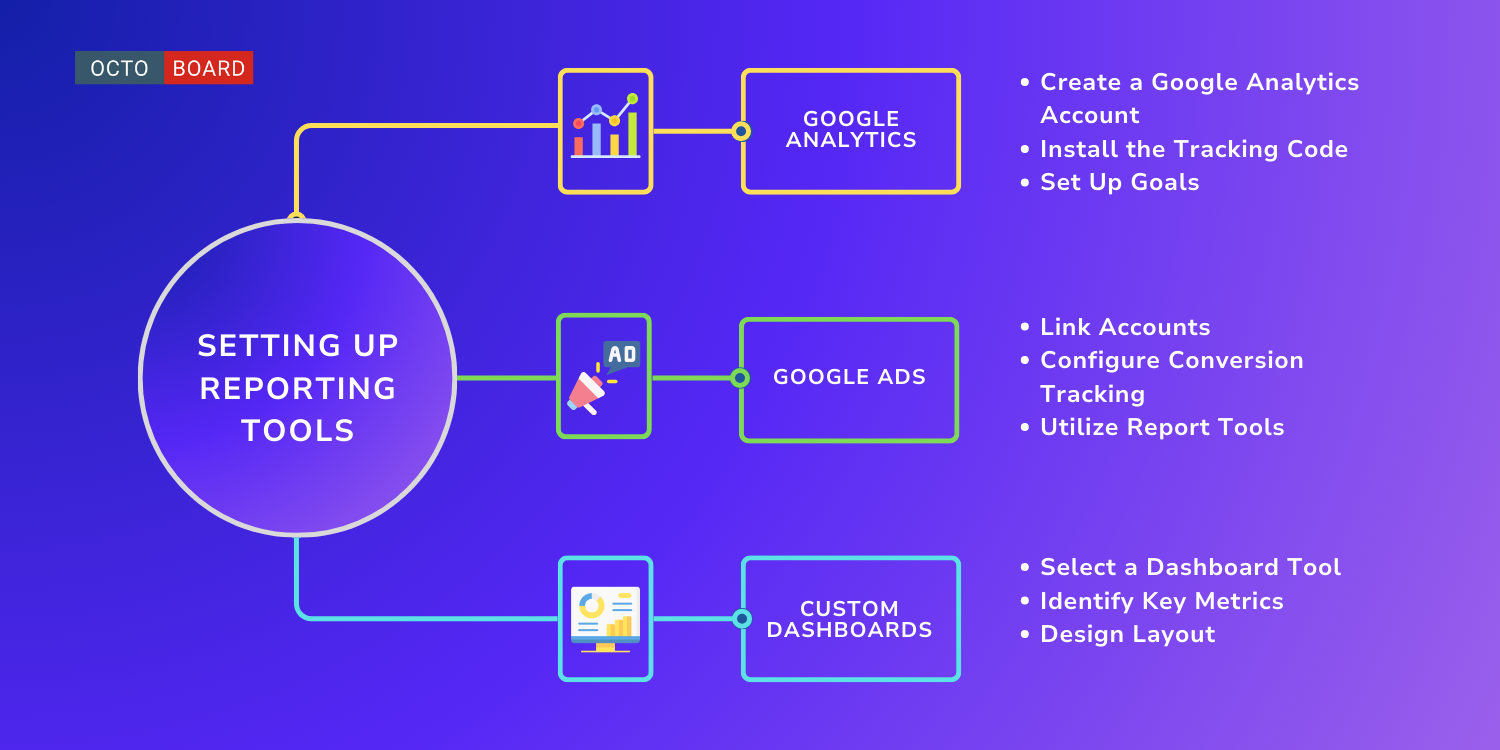
Google Analytics serves as a powerful tool for tracking user interactions on websites. To set this up, users need to integrate the tracking ID into their website. This ID collects data on user behavior, traffic sources, and conversion rates.
Key Steps:
- Create a Google Analytics Account: This is necessary to access tracking features and dashboards.
- Install the Tracking Code: Embed it on each page of the website to monitor user activity.
- Set Up Goals: Define objectives like form submissions or product purchases for conversion tracking.

Proper setup enables businesses to measure campaign effectiveness and optimize performance.
Google Ads offers extensive reporting features for monitoring advertising performance. Users can track metrics such as clicks, cost-per-click, and conversions. The process involves linking the Google Ads account to Google Analytics for comprehensive insights.
Steps for Setup:
- Link Accounts: Connect Google Ads with Analytics for seamless data exchange.
- Configure Conversion Tracking: Install conversion tracking codes on target pages.
- Utilize Report Tools: Access pre-built or customizable reports to analyze campaign data.
Comprehensive analysis of Google Ads reports aids in budget allocation and identifying high-performing keywords.

Custom dashboards provide tailored reports for specific business needs. These dashboards consolidate data from multiple sources, presenting it in an easy-to-digest format for stakeholders.
Building a Custom Dashboard:
- Select a Dashboard Tool: Choose from options like Google Data Studio or Tableau.
- Identify Key Metrics: Decide on the most relevant metrics to track based on campaign goals.
- Design Layout: Create a user-friendly interface displaying the essential KPIs and trends.
Employing custom dashboards enhances decision-making processes by providing a holistic view of marketing performance.

Crafting a customized layout for PPC reports enhances readability and facilitates data interpretation. Focusing on visual elements, comparing data efficiently, and analyzing historical trends empowers marketers to extract meaningful insights.
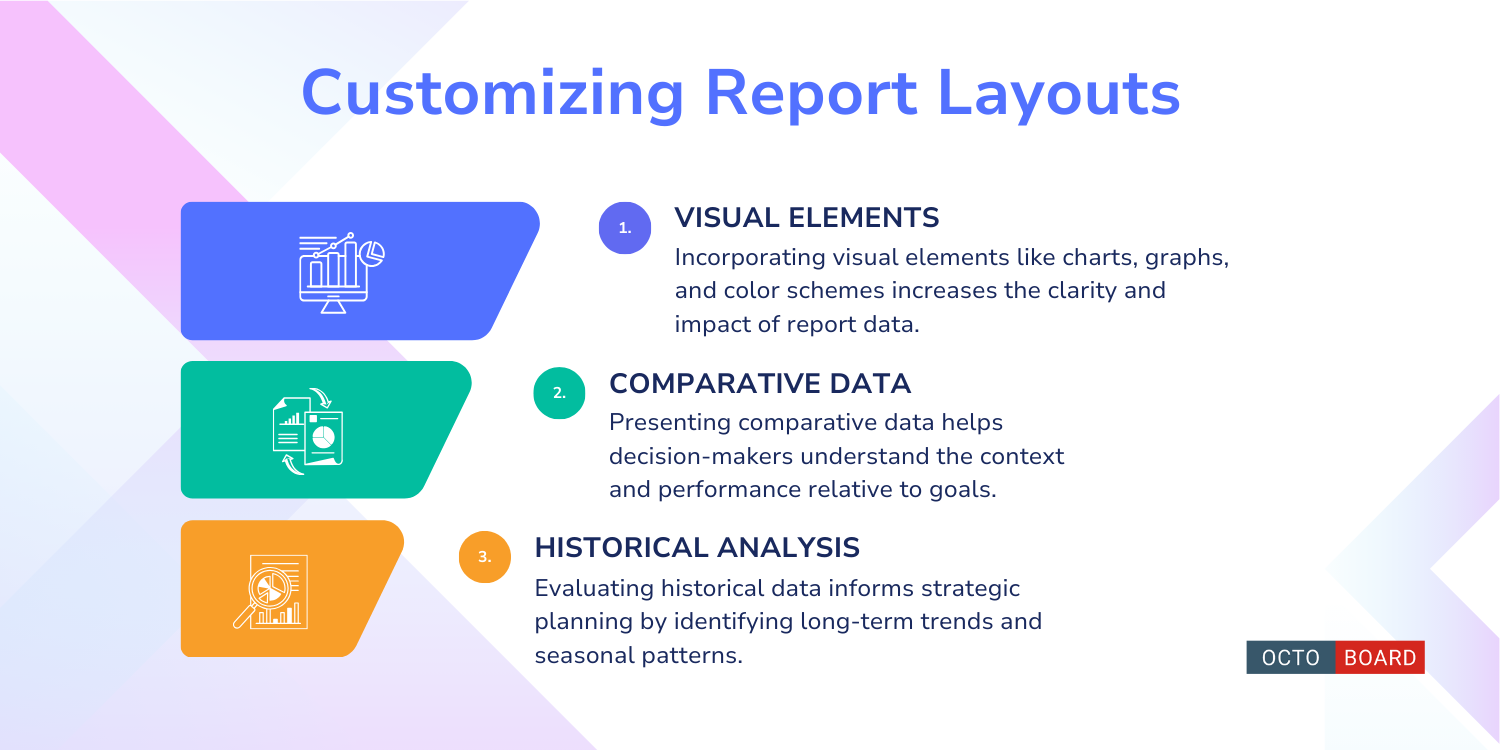
Incorporating visual elements like charts, graphs, and color schemes increases the clarity and impact of report data. Graphs and charts provide a quick grasp of trends and variances, catering to both detailed and high-level views.
Utilizing colors effectively can delineate different metrics and highlight key performance indicators. For instance, the strategic use of green, red, and blue can quickly communicate growth, decline, and stability.
Additionally, ensuring that visual elements are tailored to align with the company's brand guidelines strengthens brand consistency. Templates should be adaptable, allowing team members to modify them based on specific campaign focuses.

Presenting comparative data helps decision-makers understand the context and performance relative to goals. Using tables and side-by-side comparisons can reveal disparities or gains across different time periods or campaigns.
Key Metrics such as click-through rate, conversion rates, and return on investment should be consistently tracked and compared. Labeling these comparisons clearly with descriptive headers assists in avoiding confusion.
Automation tools can further enhance this process by updating data in real-time, offering a more dynamic view. Automated comparisons enable quick responses to changes in the marketing landscape, optimizing for current market conditions.
Evaluating historical data informs strategic planning by identifying long-term trends and seasonal patterns. This involves examining previous performance data over months or years to spot consistent or emerging trends.
Graphical representations like line graphs or bar charts often make it easier to plot and identify these patterns. They can illustrate upswings and downtrends over specified intervals, providing valuable insights for future strategy development.

Incorporating annotations within reports allows contextual understanding of specific spikes or dips in data. These annotations may note external factors like market changes or product launches that influenced performance outcomes.
To make the most of Pay-Per-Click (PPC) campaigns, it is crucial to examine the data generated. Focus areas include understanding Key Performance Indicators (KPIs), spotting trends, and analyzing segments of the data. These aspects help in refining strategies and improving outcomes.
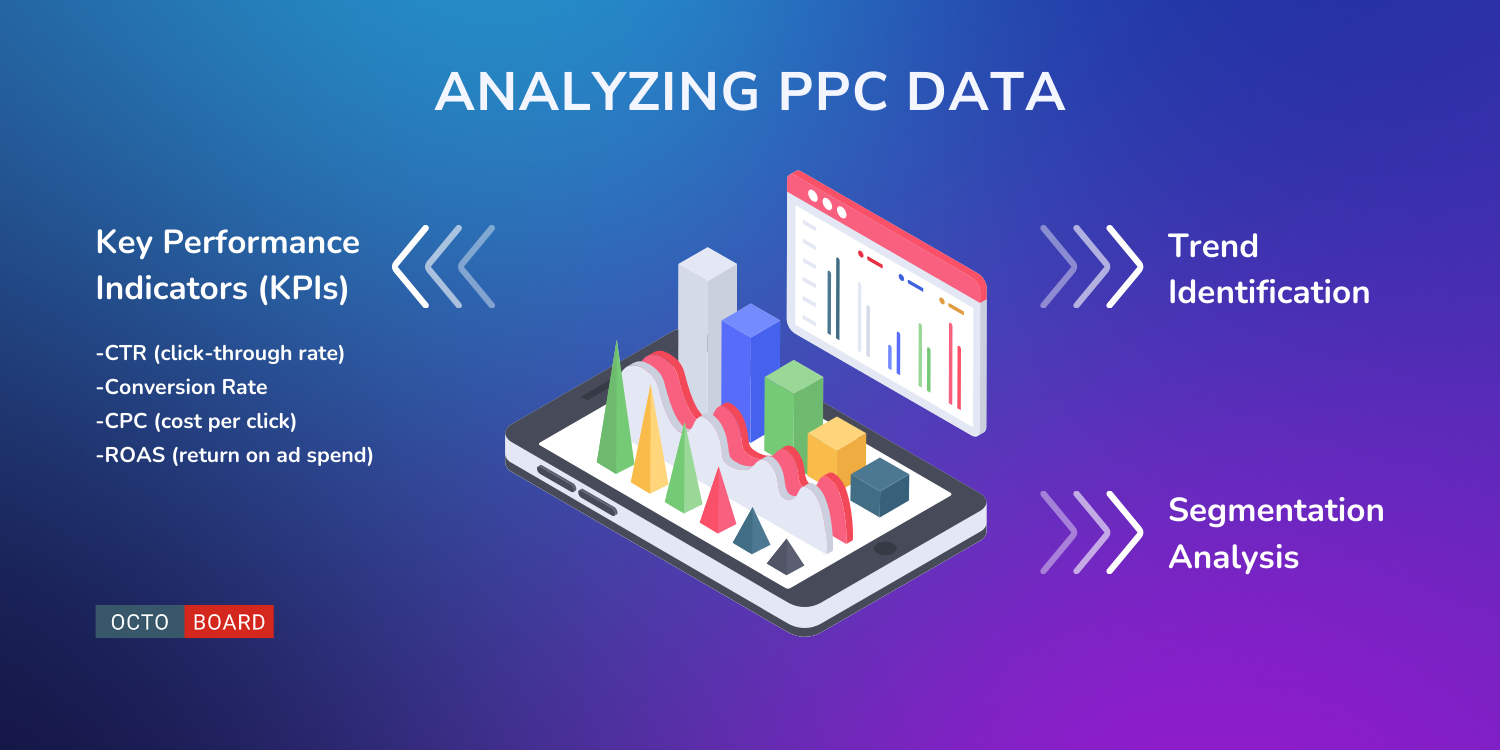
KPIs are essential for evaluating the success of PPC campaigns. They typically include metrics such as click-through rate (CTR), conversion rate, cost per click (CPC), and return on ad spend (ROAS).
Professionals often use tables or dashboards to track these metrics efficiently. Regular reviews allow for timely adjustments, ensuring the campaign remains aligned with business goals.
Close attention to these indicators helps in determining the level of user engagement and profitability of the campaign. Each KPI offers specific insights into different aspects of user interaction and financial viability.

Spotting trends in PPC data is vital for anticipating market movements. By observing data over time, it becomes possible to see the ebb and flow of key metrics.
Patterns such as seasonal changes or shifts after a new product launch can be tracked. Visual tools like graphs and charts make it easier to identify these trends quickly.
Monitoring these patterns aids in making proactive decisions. It also helps in understanding user behavior, allowing future campaigns to be optimized for better results.

Segmentation involves breaking down the data into distinct categories. Segments can include demographics, geographic locations, device types, or user behavior.
This analysis enables more targeted marketing strategies by identifying which groups are most responsive. Customizing campaigns based on these insights often leads to higher engagement rates.
Using lists and bullet points can simplify complex data, making it easier to interpret. Segmentation provides an opportunity to cater to specific needs and preferences, enhancing the effectiveness of marketing efforts.
The frequency and timing of PPC reports play a crucial role in monitoring performance, enabling swift decision-making, and ensuring alignment with marketing goals. It is essential to tailor the reporting intervals to suit the needs of the campaign and stakeholders.
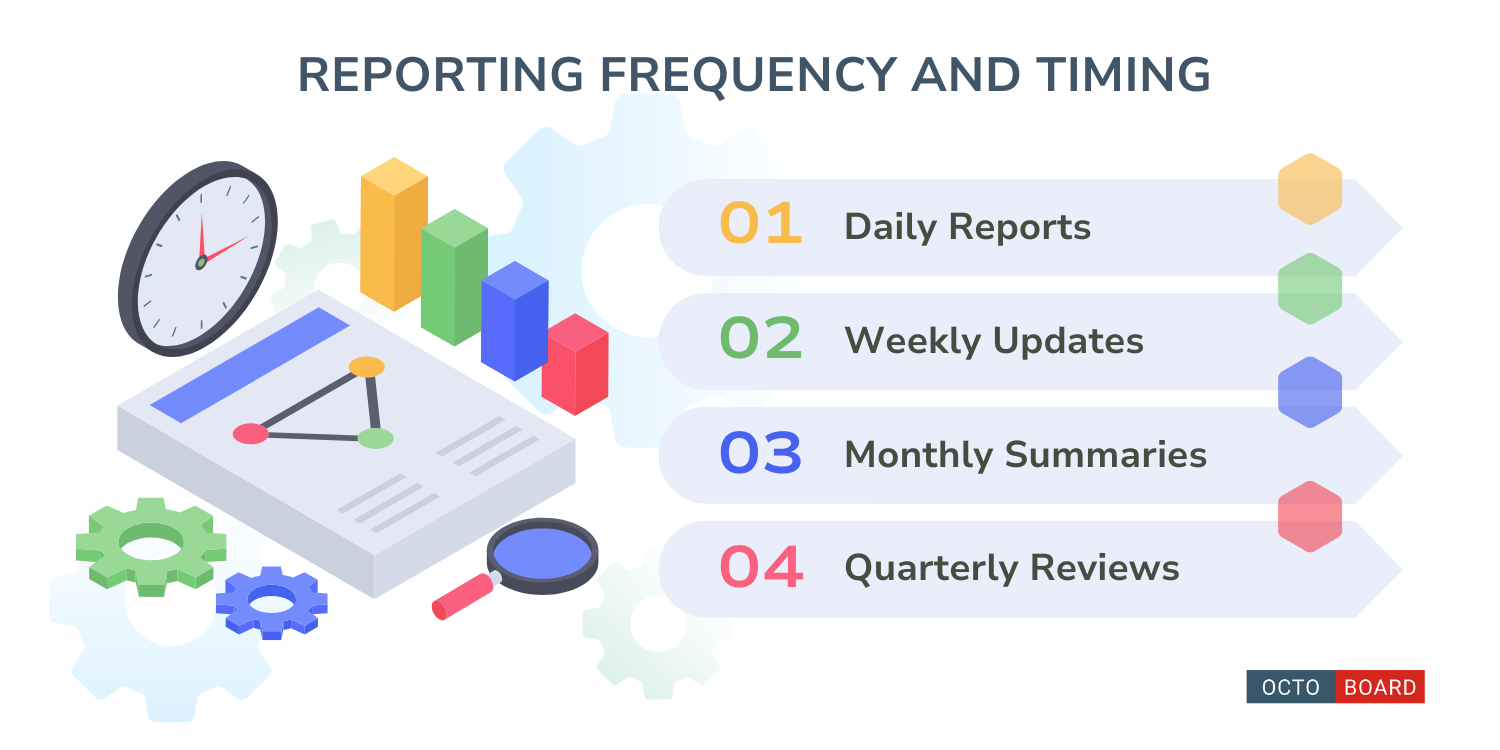
Daily reports provide up-to-date insights into PPC campaign activities. They capture essential performance metrics such as clicks, impressions, cost-per-click (CPC), and conversions.
These reports are invaluable for identifying sudden fluctuations or anomalies, enabling quick responses to emerging trends or issues. While they offer a snapshot of daily performance, it is important to avoid making significant decisions based on daily data alone due to potential volatility. Stakeholders can use daily reports for continuous monitoring, ensuring that advertising budgets are optimized effectively.

Weekly updates offer a more balanced view of PPC performance by aggregating data over a seven-day period. This frequency allows campaign managers to spot significant trends and patterns that may not be visible in daily reports.
Key metrics in weekly updates often include conversion rates, average position, and click-through rates (CTR). Weekly reports help identify consistent issues and highlight areas that require attention. The regular cadence of weekly updates supports strategic adjustments and provides a platform for discussing campaign developments with teams or clients.
Monthly summaries provide a comprehensive analysis of PPC campaign performance. By compiling data over a month, these reports unveil long-term trends, helping stakeholders understand the impact of strategic changes and investments.
Key performance indicators (KPIs) such as return on ad spend (ROAS), cost-per-acquisition (CPA), and overall conversions are typically included. Monthly summaries are ideal for evaluating performance against goals and budget allocation, facilitating well-informed decisions. The in-depth analysis supports strategic planning and offers insights for future campaign optimizations.

Quarterly reviews take a high-level approach by assessing the success of PPC strategies over a three-month cycle. They provide a broader perspective on campaign performance and ROI, which is beneficial for long-term strategic planning.
Such reviews enable stakeholders to assess the effectiveness of large-scale or seasonal campaigns. They often include comparative analyses with past quarters to identify growth opportunities or challenges. By presenting an overarching view of performance, quarterly reviews help refine marketing strategies and allocate resources effectively across upcoming periods.
PPC reports can reveal critical insights such as campaign performance metrics, ad engagement rates, and financial expenditures. These elements are vital for making informed decisions to optimize outcomes.

Effective campaigns hinge on key performance indicators (KPIs) like click-through rate (CTR), cost per click (CPC), and conversion rates. Regular analysis of these metrics helps identify trends and patterns. For instance, an increasing CPC might indicate high competition, prompting a strategy review. Target audience adjustments can also come into play, ensuring ads reach the most relevant segments.
Campaign optimizations should focus on improving low-performing ads and enhancing high-performing ones. Utilizing A/B testing enables advertisers to experiment with various targeting criteria. This can ensure that only the best-performing strategies are used to maximize ROI.
Ad copy plays an essential role in garnering user attention and driving traffic. PPC reports can highlight ad copy performance by measuring metrics such as engagement rate and conversion rate. Evaluating which messages resonate most allows for informed revisions.
Testing different headlines and descriptions can significantly impact ad effectiveness. Including relevant keywords without making them appear forced is crucial. Breaking up the text with bullet points or short paragraphs helps maintain reader interest.
Incorporating feedback from competitive analysis can also guide crafting more compelling, targeted messages. Creativity should be balanced with clarity, focusing on unique selling propositions that appeal to the intended audience.

Bidding strategies are fundamental to budget efficiency in PPC campaigns. Reports provide insights into the most effective bidding times, allowing for scheduling adjustments that optimize ad presence during peak periods. Recognizing patterns in consumer behavior can refine bid adjustments.
Utilizing automated bidding tools can further enhance these strategies by optimizing bids in real-time based on data-driven insights. Flexible approaches such as bid modifiers for location, device, and time can fine-tune efforts, helping to reach the desired audience more effectively.
Regularly updating and revising bidding strategies ensures that campaigns remain competitive and budget-friendly. By continuously monitoring the competition and staying informed about market conditions, advertisers can implement agile and responsive bidding adjustments.
Effective communication with stakeholders ensures clarity and alignment in marketing PPC reports. It involves summarizing reports effectively, honing presentation skills, and maintaining open feedback loops for continuous improvement.
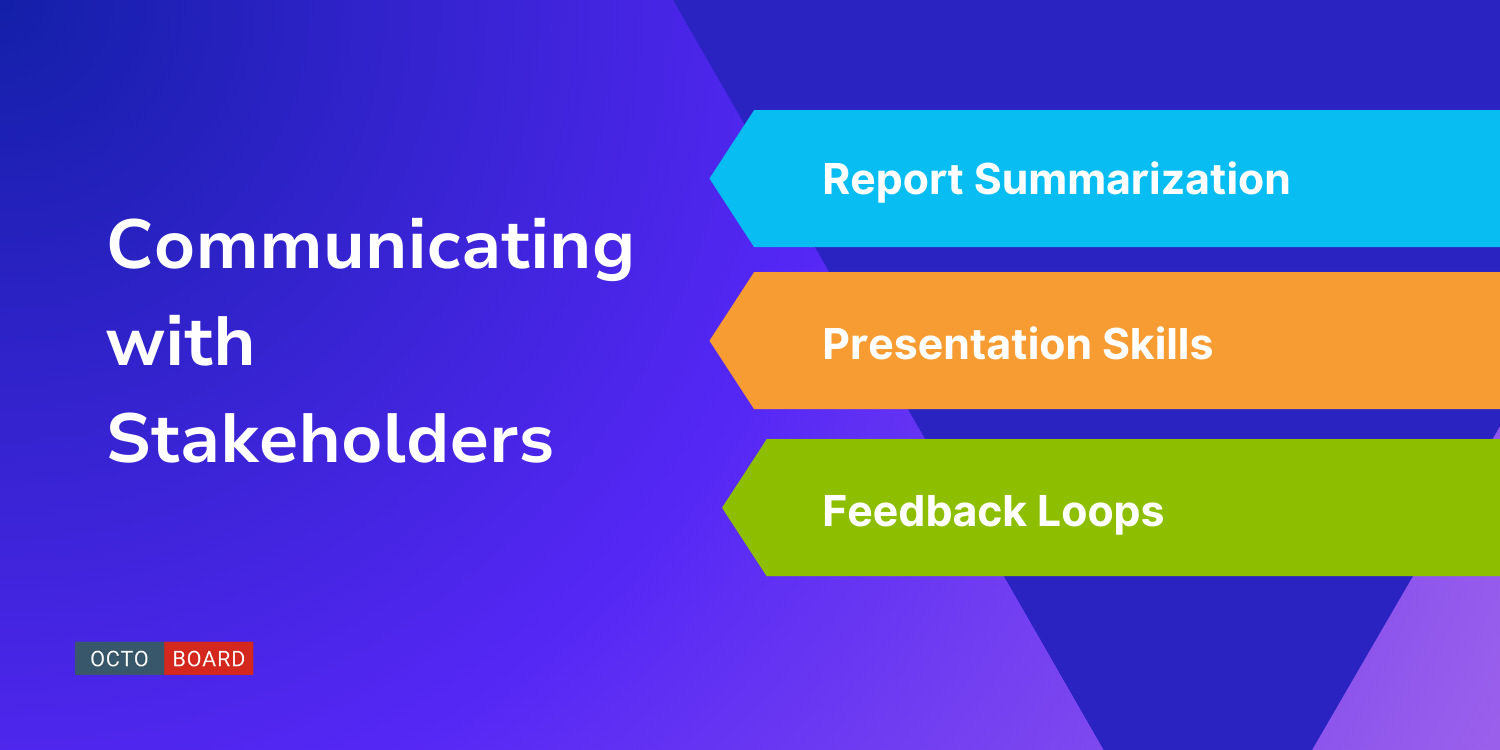
Proper report summarization is critical in conveying essential insights to stakeholders. It involves distilling complex data into clear, concise points. Key metrics such as click-through rates, conversion figures, and return on investment should be highlighted. Visual aids like charts and graphs can enhance comprehension, making data more accessible. Providing a succinct executive summary helps stakeholders quickly grasp the report’s main outcomes, facilitating better decision-making.
Presentation skills determine how well information is received. Clear articulation of findings is vital. Stakeholders need explanations that are easy to follow, ensuring technical jargon is minimised. Practising voice modulation and maintaining eye contact can enhance engagement. Using multimedia elements, like slideshows, keeps the presentation dynamic and focused. Preparing for questions helps in addressing concerns efficiently.

Establishing feedback loops is essential for refining future reports. Encouraging stakeholder feedback fosters a collaborative environment. Gathering insights on what aspects of the report were most beneficial or lacking can guide improvements. Implementing a structured feedback process ensures constructive input. Regular feedback sessions should be scheduled to ensure ongoing synergy and mutual satisfaction with the reporting process.
Navigating through privacy laws is essential when generating marketing PPC reports, including strictly adhering to guidelines within the GDPR and CCPA frameworks. These regulations outline strict requirements for data processing and consumer rights. Compliance ensures data integrity and protection.
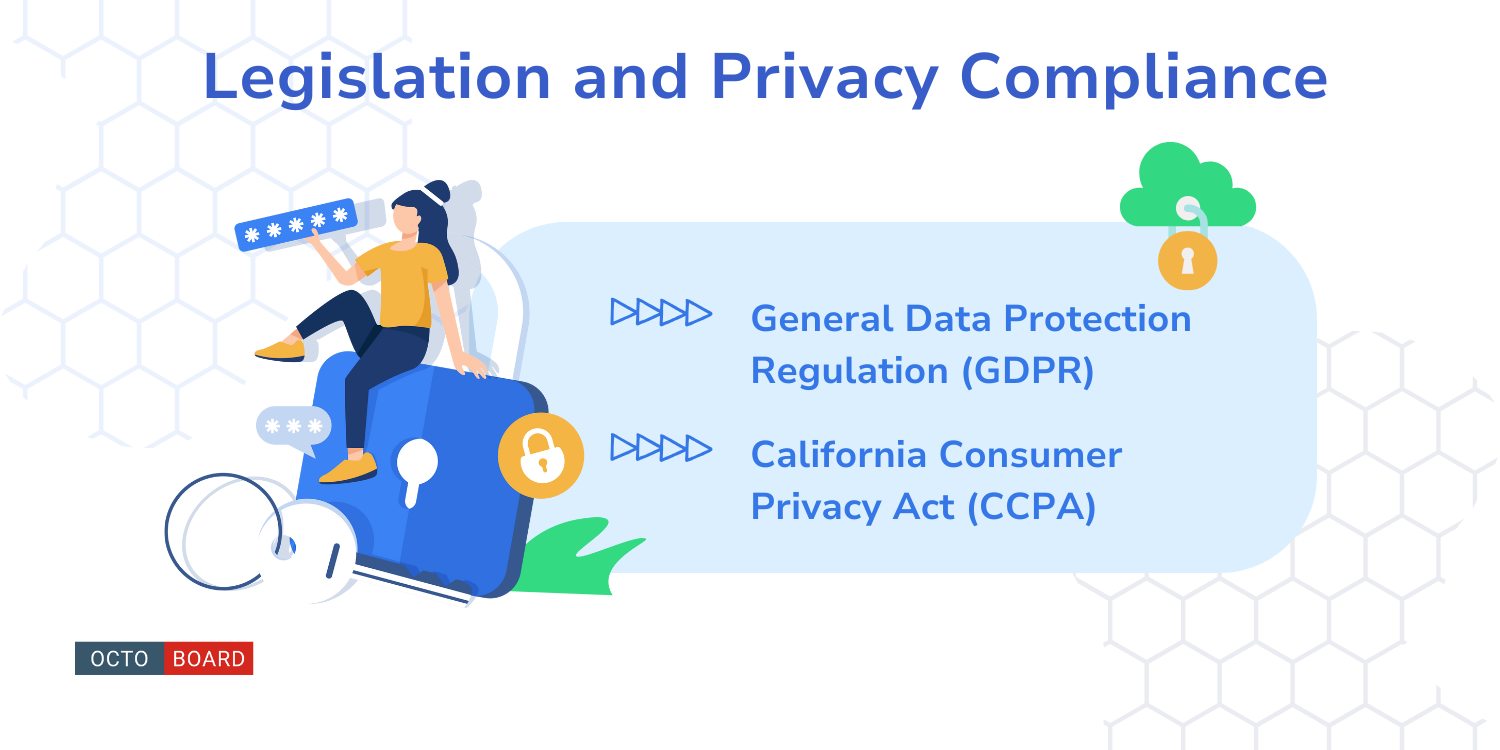
The GDPR applies to entities dealing with personal data of EU citizens, emphasizing transparency and data protection. Companies must obtain explicit consent for data use. It establishes the ""right to be forgotten,"" allowing individuals to request data deletion.
Penalties for non-compliance can reach up to €20 million or 4% of annual global turnover, whichever is higher. Businesses must implement measures such as encryption and access controls. Data protection officers (DPOs) are often required to oversee compliance efforts.
The CCPA enhances consumer privacy rights for California residents, mirroring some aspects of the GDPR. It grants individuals the right to know about personal data collected and shared. Consumers can request data deletion and opt out of data sales.
Companies must provide clear privacy notices and offer a free method to request data-related actions. Businesses with gross revenues over $25 million, those handling data of 50,000 or more consumers, or earning 50% or more of annual revenue from selling consumer data fall under its mandate. Non-compliance can lead to fines and civil penalties.

